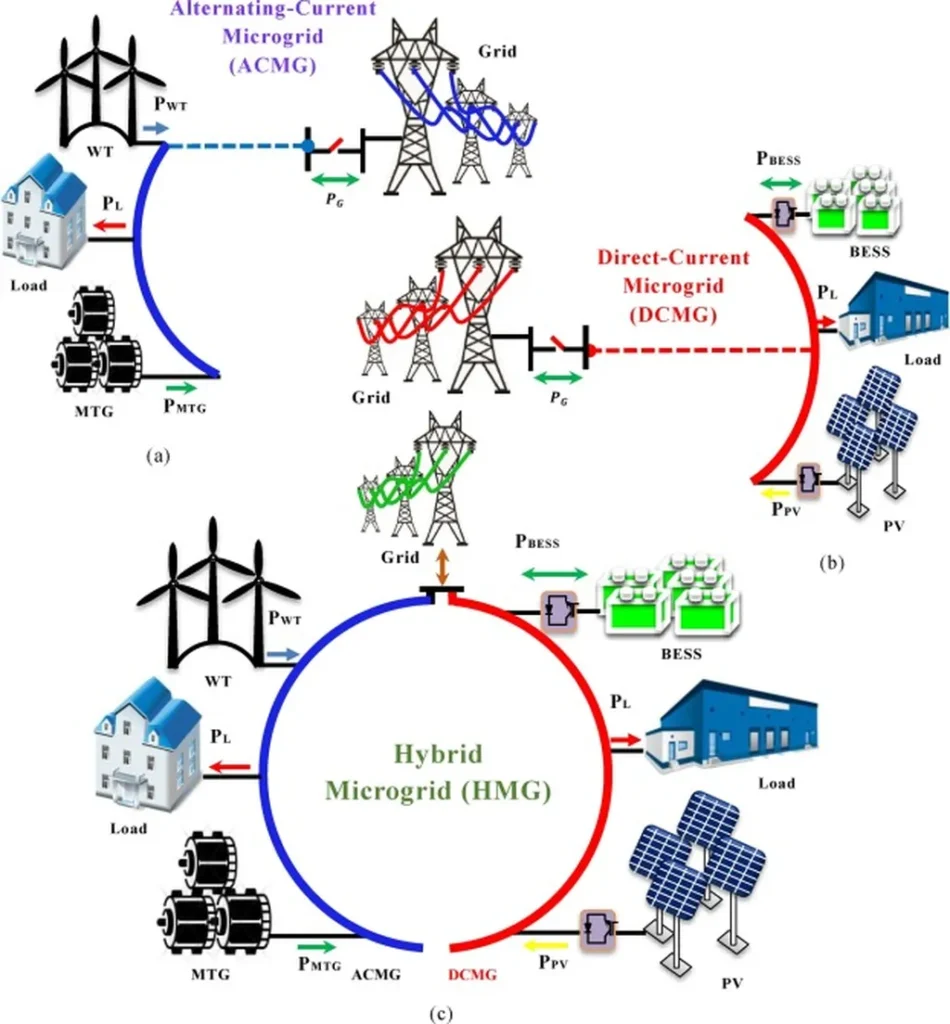In a world grappling with escalating energy demands and environmental concerns, researchers are turning to innovative solutions to harness the power of wind more effectively. A recent study published in the journal *Aims Energy* offers a promising approach to optimizing wind power systems, addressing the intermittency and variability that have long posed challenges to grid stability.
The research, led by Bitian Wu from the School of Advanced Manufacturing at Nanchang University in China, introduces a novel day-ahead scheduling model for wind power systems. This model employs a nonparametric kernel density to accurately predict wind power output, a critical step in managing the inherent uncertainties of wind energy.
“Wind power is growing rapidly, but its intermittency introduces significant stability challenges to power system dispatch,” Wu explained. “Our goal was to develop a model that could not only minimize system operation costs but also reduce carbon emissions, addressing both economic and environmental concerns.”
The study’s multi-objective optimization model considers the dual-side uncertainty of both the source (wind power) and load (energy demand) sides. By introducing fuzzy stochastic constraint rules, the model aims to balance the trade-offs between cost and environmental impact.
The results are impressive. Compared to single-objective optimization focused solely on cost, the multi-objective approach increased system costs by 17.19% but reduced carbon emissions by a substantial 51.99%. Conversely, when compared to single-objective optimization focused solely on environmental impact, the multi-objective approach decreased system costs by 16.11% but increased carbon emissions by 15.15%.
These findings highlight the delicate balance between economic and environmental goals in energy management. “Our optimized scheduling scheme can save economic costs while considering certain environmental protection measures,” Wu noted. “This research provides a new direction for the scheduling of power systems, including wind power, and has important reference value for the scheduling of actual power systems.”
The implications for the energy sector are significant. As wind power continues to grow, effective scheduling models will be crucial in integrating this renewable resource into the grid. The study’s approach to multi-objective optimization offers a framework for balancing economic and environmental priorities, potentially shaping future developments in energy management.
In an era of increasing energy tensions and a growing demand for clean energy, this research provides a valuable contribution to the field. By addressing the challenges of wind power intermittency and variability, it paves the way for more stable, cost-effective, and environmentally friendly energy systems. As the world seeks to transition to cleaner energy sources, such innovations will be essential in meeting global energy demands sustainably.

